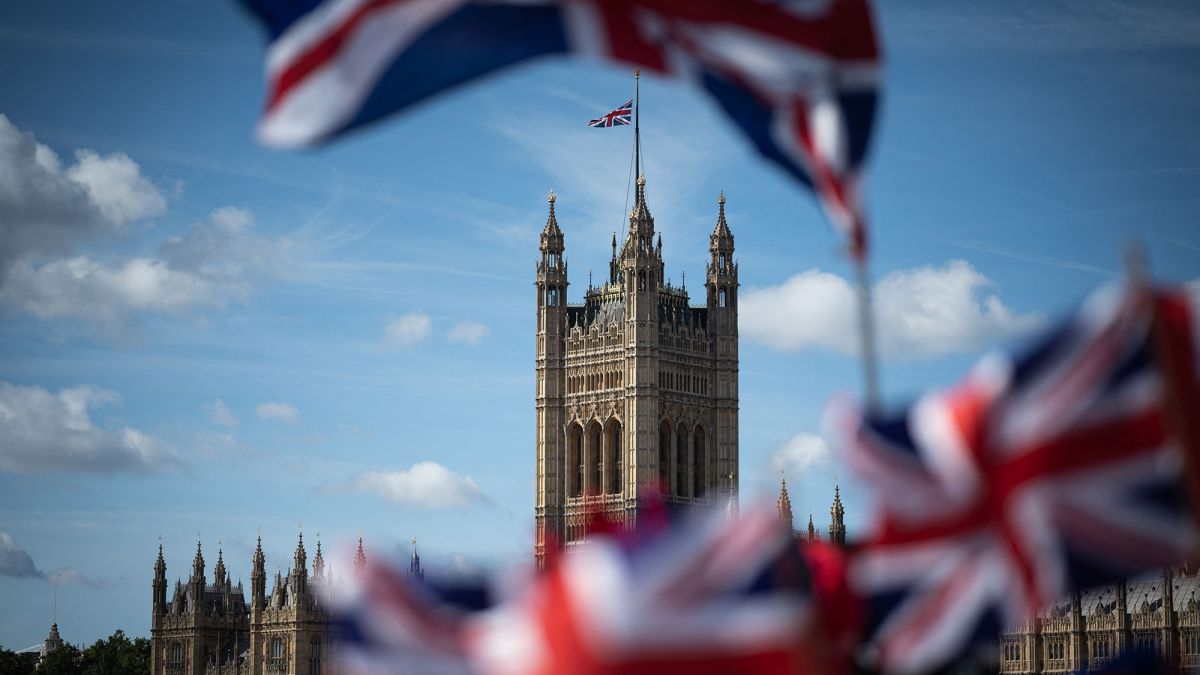London is considering a mechanism for lending to Ukraine at the expense of Russian funds
21 September 21:15
The British government is considering financing a new wave of loans to Ukraine. This is planned to be done at the expense of billions of pounds of Russian state assets frozen in the UK.
This was reported by Politico, according to "Komersant Ukrainian".
Treasury Secretary Rachel Reeves presented the controversial plan, which may mirror a similar initiative proposed by the European Union, to EU finance ministers at a ministerial meeting in Copenhagen on Saturday. Reeves did not announce specific details on how the plan would work, but emphasized that the loans would be consistent with international law and would not involve the outright confiscation of Russian state assets.
While the bulk of Russia’s assets – 185 billion euros – are frozen in the EU at the Brussels-based Euroclear depository, about 25 billion pounds are held in the UK.
This 25 billion pounds would fund a British “reparations loan” scheme, which the Treasury said would “work in close coordination” with the EU program. It added that proposals “under consideration” could “unlock funding up to the full value of assets held in the UK”.
According to the proposed EU scheme, Brussels would issue loans of up to 172 billion euros to Ukraine by exchanging Russian funds related to frozen assets for interest-free bonds.
The EU hopes that by replacing the funds with EU-guaranteed debt receipts, the proposal will avoid accusations of outright confiscation. But Euroclear, the private depository holding Russian assets, has warned against any policy that could expose it to legal risks or undermine its financial integrity.
Reeves said on Saturday that the UK “will only consider options that are consistent with international law and are economically and financially responsible.”
Europe is rushing to find additional funding for Ukraine, which faces a budget deficit next year.
The €45 billion loan to Ukraine organized by the G7 countries is almost fully disbursed. Until now, the EU has used the interest earned from investing frozen Russian assets to repay its part of the loan, but the issue of how to use the assets themselves has divided the leaders.
Under the EU’s proposal, Ukraine would have to repay the loan only when Moscow pays reparations for the war, which is considered unlikely. Whether this form of lending would be safe for Ukraine is for financial experts to say.
The European Central Bank opposes direct confiscation of frozen assets and seems to have doubts about the EU’s “reparations loan” scheme. Speaking at a press conference in Copenhagen on Friday, ECB President Christine Lagarde said: “Our concerns have been expressed in the past and remain unchanged.”
“On an issue that is as sensitive and can be as complex as this… I want to see something in writing, but I am not alone. I think all the member states involved in the process will want to see something in writing,” Lagarde said.









